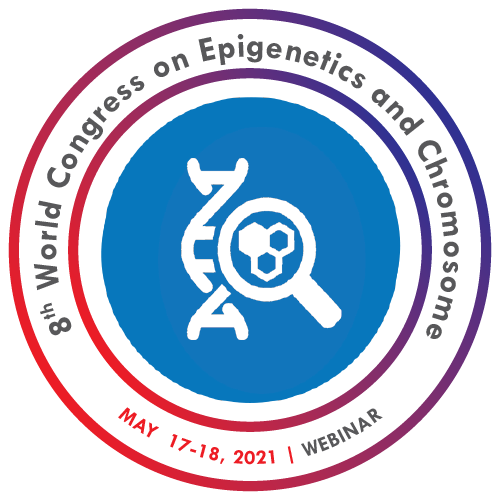
Pritha Bhattacharjee
University of Calcutta, India
Title: Environmental epigenetics in population exposed to chronic arsenic & Cancer
Biography
Biography: Pritha Bhattacharjee
Abstract
Chronic arsenic exposure and its cancer association is already known. Our study explored the epigenetic
perspectives of arsenic toxicity. The major investigations we performed include DNA damage response,
telomere regulation, arsenic methylation and mitochondrial biogenesis. Our novel findings are to identify
signature patterns for arsenic exposure (compared to those who are unexposed) and arsenic-induced
characteristic lesion (compared to arsenic exposed No Skin Lesion group). Although arsenic induced skin
lesions are hallmarks of arsenic toxicity, it is observed only among15-20% of the exposed population. This
clearly indicates environment and gene crosstalk each other with significant variation at population level.
We have identified alteration in DNA methylation pattern for the candidate genes, histone post translational
modifications and also differential miRNA regulation. Among all different pathways, most critical is the
arsenic metabolism pathway. This metabolism depends on the efficiency of arsenic methylation, which
is further dependant on methylation donor SAM (S-Adenosyl L-methionine) level and enzyme activity of
AS3MT (Arsenite methyltransferase). Our study identified how arsenic depletes SAM level and affect overall
metabolism leading to arsenic susceptibility. Mitochondrial biogenesis also play a significant role, where
regulatory genes including PGC1α, Tfam, NRF1 and NRF2 were upregulated among arsenic induced cancer
patients via promoter hypomethylation. Thus, our study considers a holistic approach to understand the
epigenetic interplay in the individuals having prolonged arsenic exposure history.

